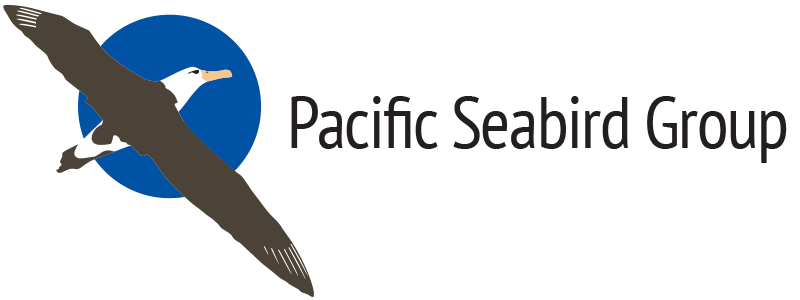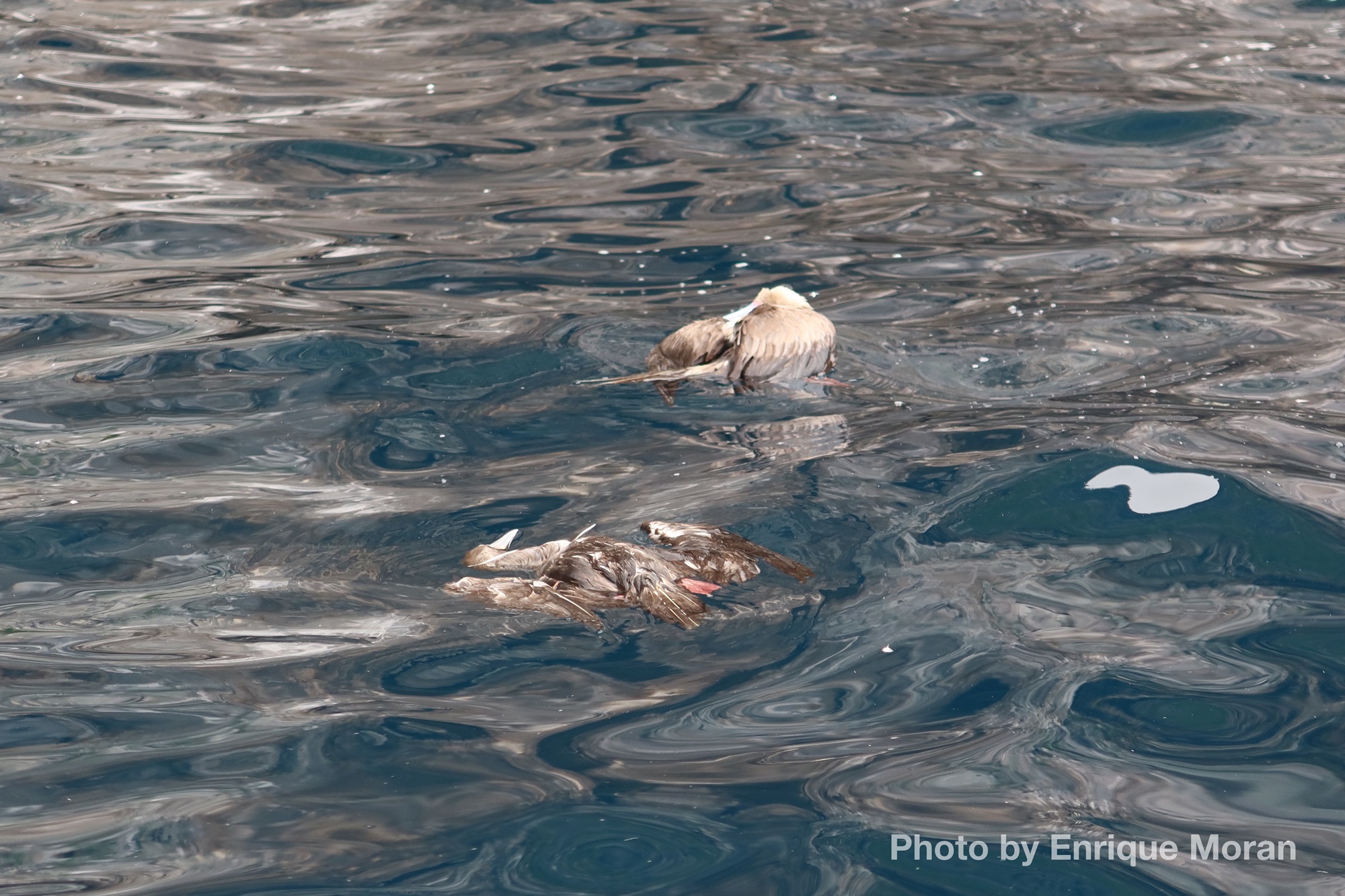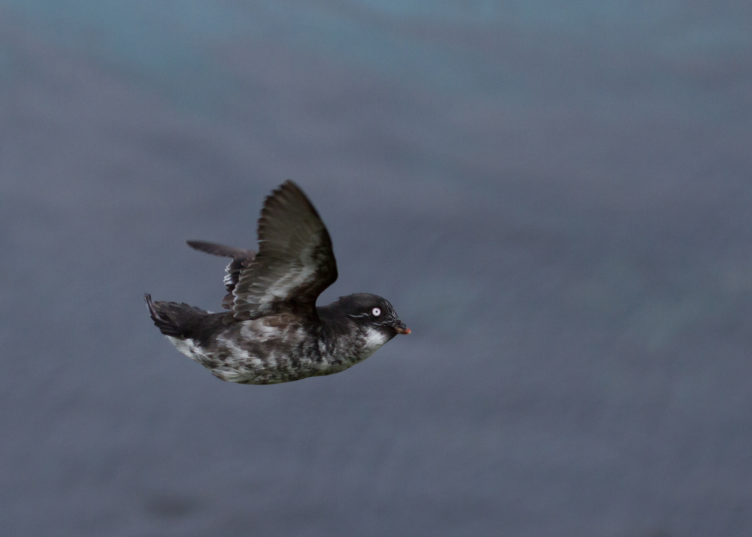A brief account of the 2023 HPAI-H5N1 outbreak in the Galápagos Islands and impacts on local seabirds
Written by Sebastian Cruz
The 2023 HPAI-H5N1 outbreak has drawn global attention due to its effects across the Americas, including a crisis in Peru impacting thousands of seabirds and numerous marine mammals (1). The Galápagos Islands, well-known for its unique avifauna, had not experienced any outbreaks until September 2023. Local ornithologists, bird-enthusiasts, and authorities alike feared an outbreak could severely affect the endemic seabird species with naturally small populations. This report outlines the developments over the past seven months since the initial detection of the virus, incorporating data from official sources, communications from naturalist guides on local forums, and interviews with local ornithologists.
In September 2023, naturalist guides aboard dive-yachts near Wolf Island reported finding dead and distressed seabirds, primarily red-footed boobies, Nazca boobies, and a single frigatebird, exhibiting symptoms of HPAI-H5N1. These initial findings on the 16th led to the discovery of additional casualties on Darwin Island and later reports of similar occurrences on Genovesa Island, situated 270 km south of the initial outbreak site. Prompted by these reports, the Galápagos National Park Service (GNP) and the Galápagos Biosecurity Agency (ABG) undertook immediate action, collecting samples for analysis at the ABG Laboratory in Puerto Ayora, Santa Cruz Island, confirming H5N1 in three of five carcasses (2). Confirmatory testing in Guayaquil led to the closure of several key tourist sites, including the entirety of Genovesa Island and specific areas on San Cristobal (Punta Pitt) and Española Islands (Punta Suarez and Punta Cevallos), to prevent further spread (3).
Subsequent monitoring revealed an increase in mortalities at Punta Pitt yet reports from Darwin and Wolf Islands indicated a cessation of new deaths, suggesting the outbreak’s initial impact may have been contained. Broader sampling was carried out across the archipelago, with a focus on the vulnerable populations of Galápagos penguins (Spheniscus mendiculus) and flightless cormorants (Phalacrocorax harrisi). By December 2023, the GNP issued an encouraging update: all 46 samples collected across various sites tested negative for HPAI-H5N1 (4). Despite this positive development, certain areas remain off-limits to tourism as a precautionary measure.
My personal concern for the local avifauna leads me to carry out daily surveys at my local beach (Playa de los Alemanes, Puerto Ayora, Santa Cruz Island). This site is frequented by various seabird and shorebird species, including lava gulls (Leucophaeus fuliginosus), brown pelicans (Pelecanus occidentalis), blue-footed boobies (Sula nebouxii), magnificent frigatebirds (Fregata magnificens), whimbrels (Numenius phaeopus), oystercatchers (Haematopus palliatus), ruddy turnstones (Arenaria interpres), black-necked stilts (Himantopus mexicanus), least sandpipers (Calidris minutilla), and plovers (Charadrius spp.) Up until the 12th of March 2024, there are no signs of mass mortality at this site. Nonetheless, on March 11th, 2024, naturalist guides report on a local WhatsApp group called “Pajareros de Galápagos” several sightings of dead or dying Galápagos shearwaters (Puffinus subalaris) in the west of the archipelago. These sightings are from Urbina and Elizabeth Bay on Isabela Island and Punta Espinoza on Fernandina (site of a recent eruption). These cases have not been confirmed to be related to a HPAI-H5N1 outbreak by local authorities.
This outbreak highlights the fragility of the Galapagos ecosystems and underscores the importance of vigilant monitoring, rapid response, and international cooperation in safeguarding these invaluable natural treasures from emerging threats.
References:
- Leguia M, Garcia-Glaessner A, Muñoz-Saavedra B, Juarez D, Barrera P, Calvo-Mac C, Jara J, Silva W, Ploog K, Amaro L, Colchao-Claux P, Johnson CK, Uhart MM, Nelson MI, Lescano J. Highly pathogenic avian influenza A (H5N1) in marine mammals and seabirds in Peru. Nat. Commun. 2023 Sep 7;14(1):5489. doi: 10.1038/s41467-023-41182-0. PMID: 37679333; PMCID: PMC10484921.







